(USMLE topics, endocrinology) Regulation of thyroid hormone, hyper- and hypothyroidism: causes, symptoms and treatment, goiter. This video is available for instant download licensing here https://www.alilamedicalmedia.com/-/galleries/narrated-videos-by-topics/endocrinology-basics/-/medias/db2b8c0b-5e34-4dfa-9ea9-3ce376ef52c4-thyroid-gland-hormones-and-problems-narrated-animation Voice by: Sue Stern ©Alila Medical Media. All rights reserved. Support us on Patreon and get FREE downloads and other great rewards: patreon.com/AlilaMedicalMedia All images/videos by Alila Medical Media are for information purposes ONLY and are NOT intended to replace professional medical advice, diagnosis or treatment. Always seek the advice of a qualified healthcare provider with any questions you may have regarding a medical condition. The thyroid is a butterfly-shaped ENDOCRINE gland located in the neck. It is wrapped around the trachea, just below the thyroid cartilage –the Adam’s apple. The two major hormones of the thyroid are triiodothyronine, T3 and thyroxine, T4. The numbers 3 and 4 indicate the number of iodine atoms present in a molecule of each hormone. T3 and T4 are collectively referred to as THYROID hormones. Thyroid hormone secretion is under control of thyroid-stimulating hormone, TSH, from the anterior pituitary. TSH, in turn, is induced by thyrotropin-releasing hormone, TRH, produced by the hypothalamus. The amount of circulating thyroid hormones is regulated by a negative feedback loop: when their levels are too high, they SUPPRESS the production of TSH and TRH, consequently INHIBITING their own production. Thyroid hormones act to INCREASE the body’s metabolic rate. They stimulate appetite, digestion, breakdown of nutrients and absorption. They also increase oxygen consumption, raise the breathing rate, heart rate and contraction strength. As a result, the body’s HEAT production is INCREASED. Thyroid hormone secretion usually rises in winter months to keep the body warm. Thyroid hormones are also important for bone growth and fetal brain development. There are 2 major groups of thyroid problems: HYPOthyroidism: when the thyroid does NOT produce ENOUGH hormones, resulting in a LOW metabolic rate, combined with SLOW respiratory and cardiovascular activities. Common symptoms include fatigue, weight gain despite poor appetite, cold intolerance, slow heart rate, heavy menstrual bleeding and constipation. Iodine deficiency and Hashimoto’s thyroiditis are the most common causes. Hashimoto’s thyroiditis is an autoimmune disease in which the thyroid gland is gradually destroyed by the body’s own immune system. Hypothyroidism, especially when caused by iodine deficiency, may lead to swelling of the thyroid gland, known as GOITER. In an attempt to fix the low levels of thyroid hormones, the pituitary produces MORE TSH to further stimulate the thyroid gland. The thyroid, while UNable to make hormones WITHOUT iodine, responds to TSH by GROWING in size. Hypothyroidism is managed with thyroxine hormone replacement. HYPERthyroidism: when the thyroid gland produces TOO MUCH hormones, resulting in a TOO ACTIVE metabolism, together with respiratory and cardiovascular rates that are HIGHER than necessary. Common symptoms include irritability, insomnia, weight loss despite good appetite, heat intolerance, heart racing and diarrhea. Hyperthyroidism is most commonly caused by Graves’ disease, another autoimmune disorder characterized by presence of an antibody, called thyroid stimulating immunoglobulin, TSI. TSI, similar to TSH, stimulates the thyroid gland to produce hormones. Unlike TSH, however, TSI is NOT regulated by negative feedback mechanisms, leading to UNcontrolled production of thyroid hormones. TSI also stimulates the thyroid gland to grow, which MAY lead to formation of a goiter. Hyperthyroidism may be managed with drugs that suppress thyroid function, radioactive iodine that selectively destroys the thyroid gland, or surgery that removes part of the gland.
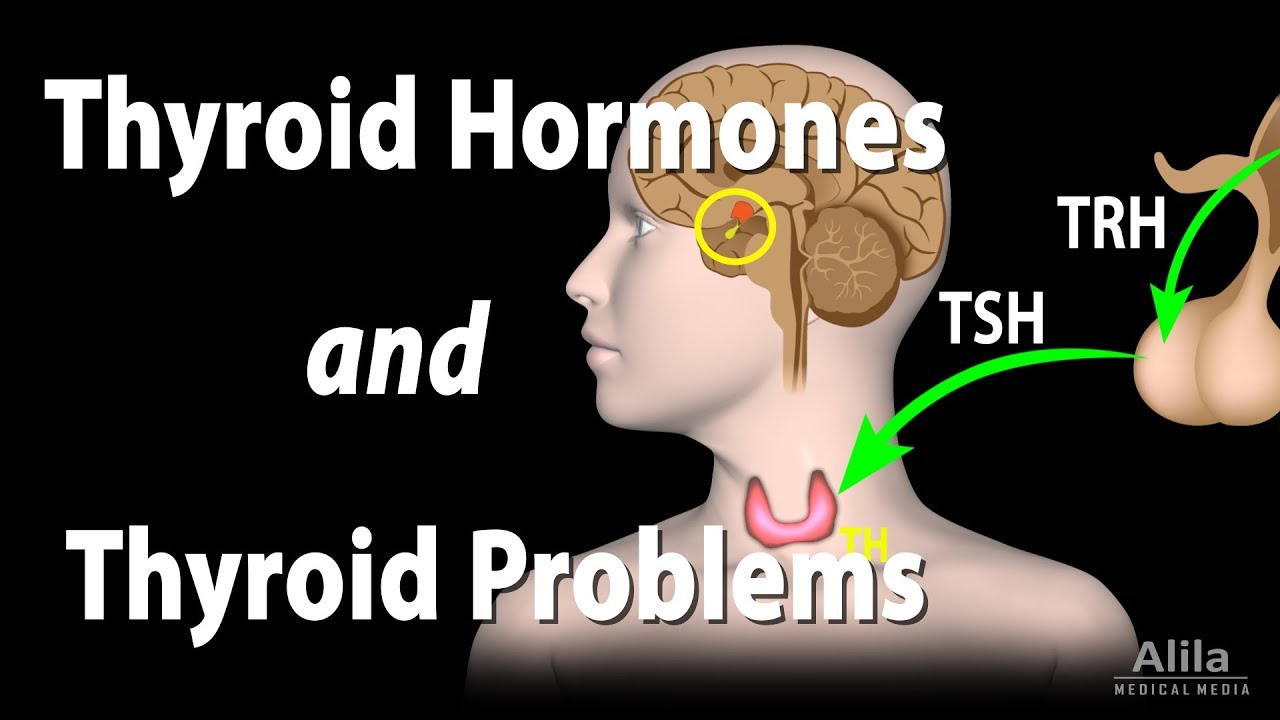
Thyroid Gland, Hormones and Thyroid Problems, Animation
- Post author:
- Post published:June 2, 2021
- Post category:Uncategorized
- Post comments:0 Comments
You Might Also Like

Latissimus Dorsi Bent Over Row-5

Reiki Naturopathy Video – 1
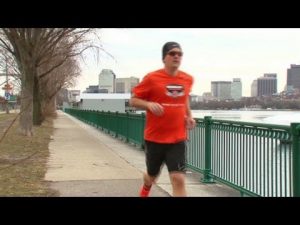
Heart disease and exercise

Muscle Morph – From fat to Muscle God

Post Surgery Video – 2

Heart Disease | Health | Biology | FuseSchool
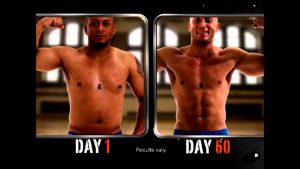
Workout Insanity 2014 Video Training + PDF Nutrition Guide

Blood Benzidine Test | Detection Of Blood In Urine | Urine | Bio-Chemistry

Intermittent Fasting & Fasting Video – 8

Jaundice and Neonatal Jaundice Explained- What is it and How do babies get Jaundice?

Additional Psychiatry Video – 1
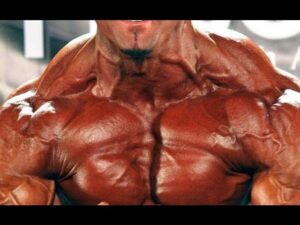
Overhead Shrugs For Bigger Traps
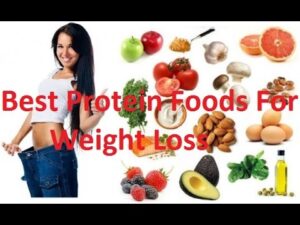
11 Best Protein Foods For Weight Loss 2018

What is ANEMIA? What does ANEMIA mean? ANEMIA signs, symptoms, causes & treatment

Pre diabetes Symptoms Explained By Dr.Berg
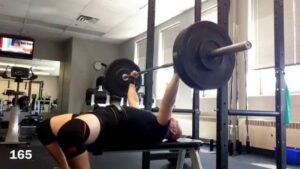
New Program! PTW novice program. Squats bench and sumo deads
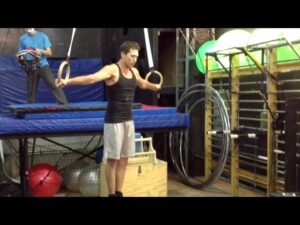
Gymnastics Rings Strength Training Exercises and Program
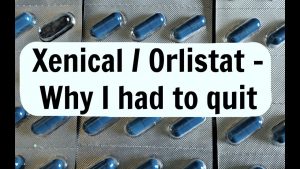
Xenical / Orlistat / diet pills – Why I quit after 2 months – Video #4 of 4

Anabolic androgenic steroids – physical side effects

What is Oxygenated Water? Oxygenated water benefits you would not believe
Stretching

How to Do the Torso Track Exercise
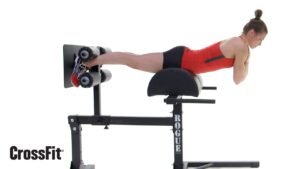
Erector Spinae Back Extension-16
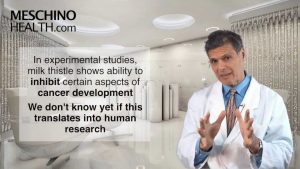
Silymarin – Liver Protection, Cancer Prevention

Erector Spinae Back Extension-7

Testosterone Production

What is the definition of cardiovascular disease ? | Health FAQS for Better Life
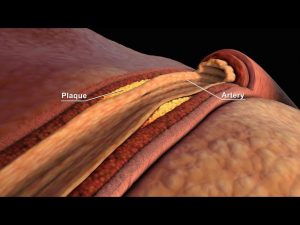
LDL and HDL Cholesterol | Good and Bad Cholesterol | Nucleus Health
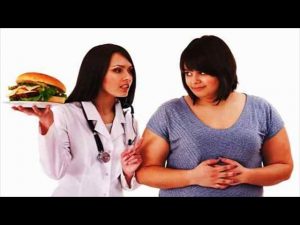
Top 10 List Of Unhealthy Foods To Avoid To Lose Fat

Atenolol Side Effects

(CC) How to Pronounce alprazolam (Xanax) Backbuilding Pharmacology
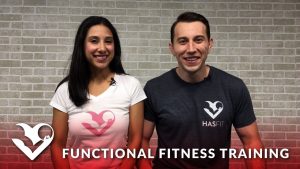
Functional Fitness Training: How can it help you?

Dexa Scan Explanation

Steroid hormone mechanism of entry

Thyroid Hormone Synthesis

Front Raises supersetted w/ Lateral Raises

Leg Extension-7

Community Psychiatry Video – 3
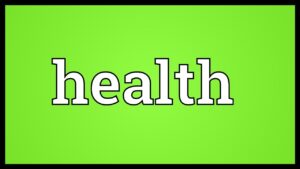
The Human Body Video – 1

RENAL FUNCTION TEST

Breathing Exercises to Improve Oxygen Levels : Natural & Holistic Exercises

